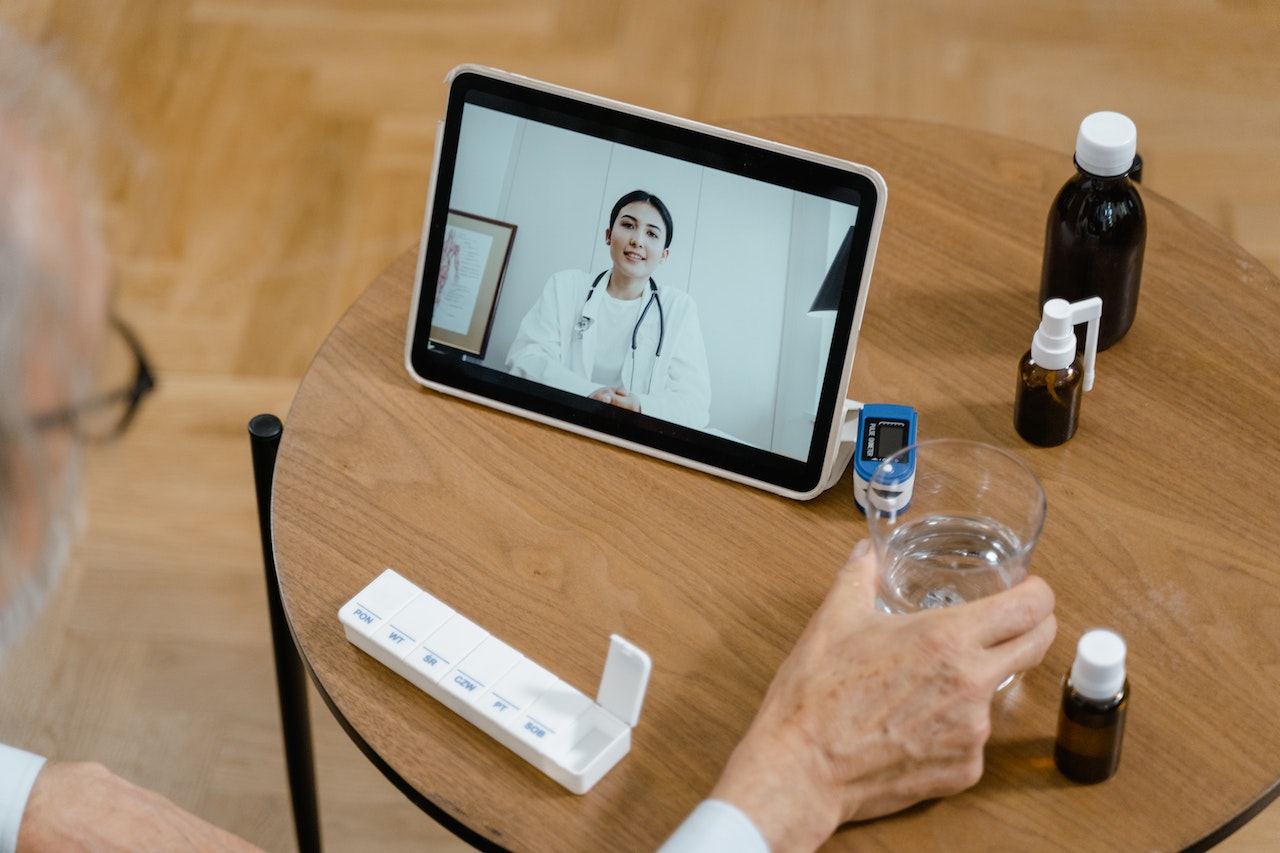
The COVID-19 epidemic has had a significant effect on healthcare systems all across the world. Several substantial modifications in delivering care developed as healthcare systems adjusted to the virus’s problems. These modifications have changed how healthcare services are provided, from increasing telemedicine use to improved infection control procedures. This piece will examine five significant changes to healthcare services after COVID-19.
Telehealth and Virtual Care
The broad use of telehealth and virtual treatment following COVID-19 is one of the biggest changes in healthcare services. Through digital platforms and video conferencing, telehealth enables patients to interact with medical professionals at a distance. By limiting in-person encounters, this method of communication has proven crucial in slowing the transmission of the infection. Particularly for patients in distant locations and those with restricted mobility, telehealth has increased access to care.
Patients now have access to consultations, medications, and follow-up treatment from the safety of their homes, which has boosted convenience for everyone. Telehealth has proven effective and beneficial in improving patient outcomes, decreasing healthcare expenditures, and increasing patient satisfaction. Therefore, its usage is anticipated to continue beyond the pandemic.
Enhanced Infection Control Measures
The introduction of improved infection control procedures in hospital settings was required because of COVID-19. To maintain physical separation, these measures include tighter hand hygiene guidelines, personal protective equipment (PPE), greater surface cleaning, and altered waiting rooms. Healthcare institutions have implemented stringent staff and patient screening procedures, such as temperature measurements and symptom evaluations.
To lower the danger of airborne transmission, ventilating systems, and air filtration have also received more attention. Following the COVID-19 outbreak, these infection control procedures have been adopted as best practices in healthcare facilities to reduce the transmission of not just the COVID-19 virus but also of other infectious illnesses.
Emphasis on Mental Health Support
Due to the epidemic, mental health is becoming a top priority for medical services. The pandemic’s effects on isolation, fear, or stress have severely negatively influenced people’s mental health. Healthcare systems have enhanced services in this area by realizing the need for more mental health assistance. The availability of telepsychiatry, virtual therapy, and mental health hotlines has increased so that people may get the help they require.
Recognizing as mental health is a crucial component of total well-being, healthcare practitioners are including mental health exams in normal treatment. Following COVID-19, efforts to lessen stigma and increase access to treatment services will probably continue, giving mental health support the attention it deserves.
Remote Monitoring and Home-based Care
The pandemic highlighted the value of home-based care and remote monitoring in easing the burden on healthcare institutions and safeguarding vulnerable people. Healthcare professionals may now remotely monitor patients’ indicators of health, chronic illnesses, and healing process thanks to remote patient monitoring software, wearable technologies, and smartphone applications. Early diagnosis of problems, rapid treatments, and individualized care management have all been made possible by this method.
Healthcare experts now offer services, including home visits, home-based examinations, and virtual consultations, as part of the growing trend of home-based care. Along with enhancing patient outcomes, these improvements have also lessened the load on healthcare systems, decreased hospital admissions, and decreased the danger of contracting infectious infections.
Data-Driven Decision Making and Public Health Surveillance
The necessity of data-driven choices and safety surveillance was underlined during COVID-19. To track the spread of the virus, track vaccination costs, and identify high-risk locations, healthcare institutions have emphasized data gathering, analysis, and reporting. To model disease paths, predict outbreaks, and guide actions related to public health, advanced machine learning, and predictive analytics algorithms have been deployed.
Healthcare providers and politicians may now make educated choices faster thanks to real-time data panels and notifications. The pandemic has underlined the need for integrated medical information systems and safe data exchange to allow efficient public health surveillance. These data-driven techniques and surveillance networks will be important in tracking and reacting to emerging health concerns after COVID-19.
Conclusion
In conclusion, the COVID-19 pandemic has significantly altered how healthcare services are provided. Access to healthcare has been transformed through telehealth and virtual care, and improved infection control practices have become commonplace. Remote surveillance and residential therapy have gained popularity, and mental health support has drawn more attention. The epidemic has also highlighted the significance of data-driven decisions and healthcare surveillance. These developments will continue to mold and enhance healthcare offerings as the globe enters a post-pandemic period, highlighting the significance of innovation, the ability to adapt, and an approach that emphasizes patients.


